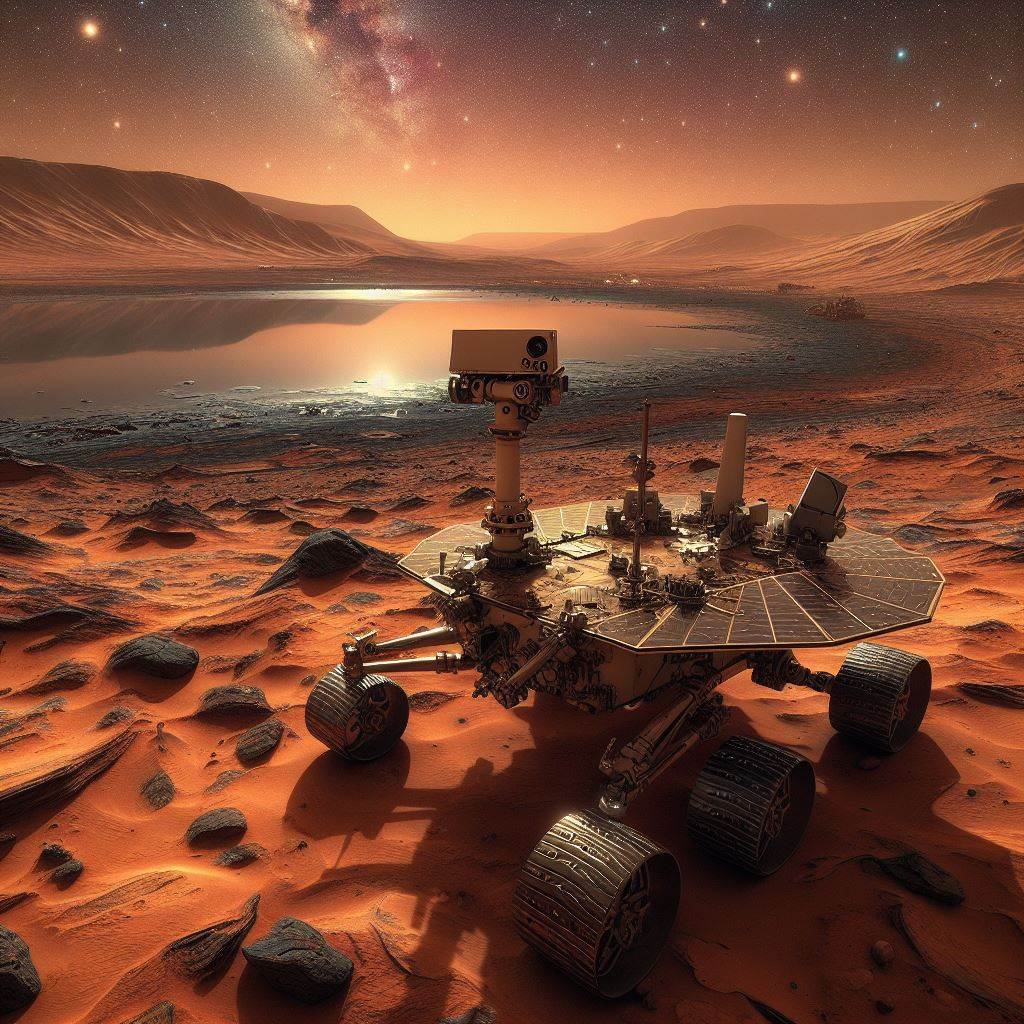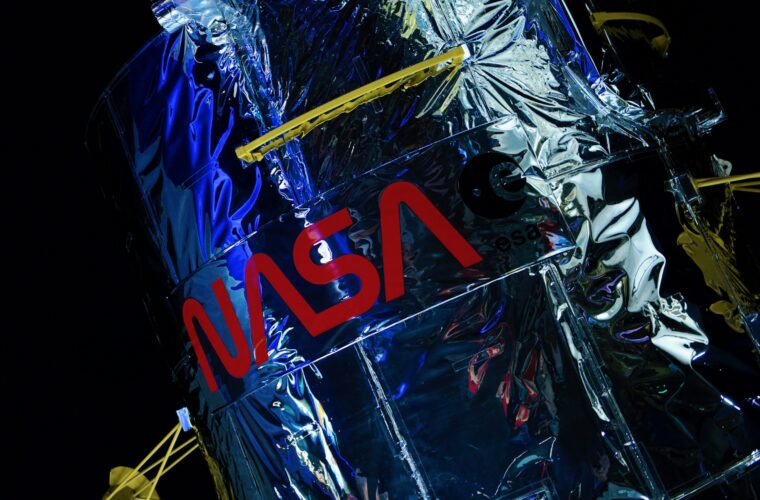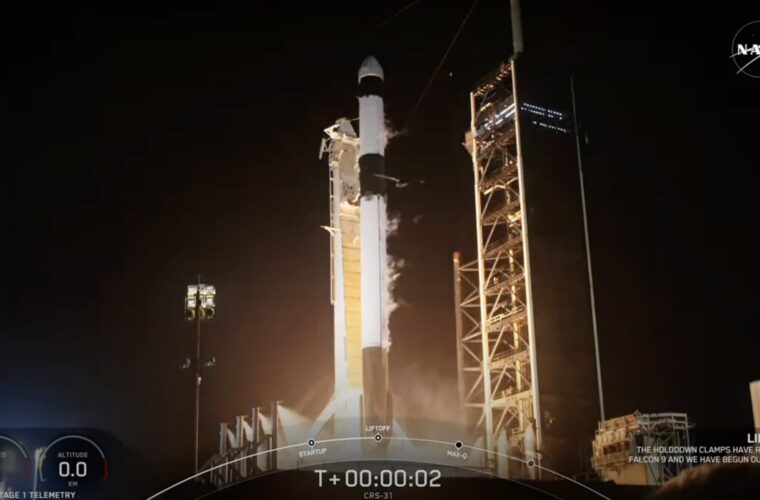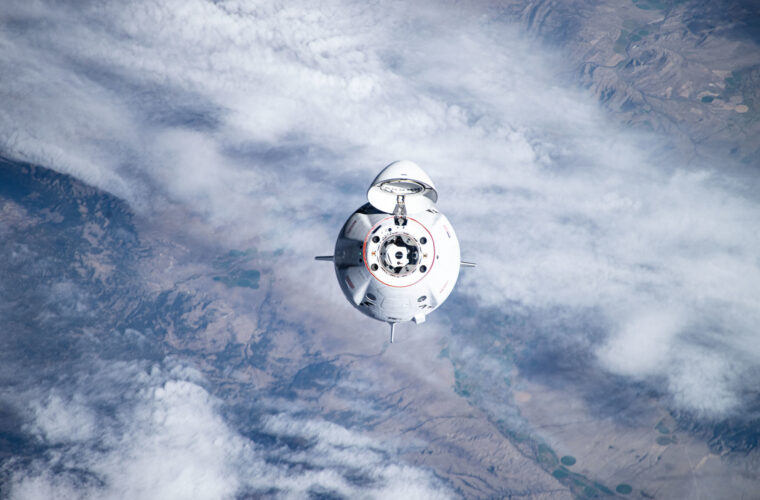Resource optimization: NASA wants to seek creative proposals to bring Perseverance rover soil samples to Earth at a significantly lower price. The US Space Agency has now announced this, responding to fierce criticism of the current plans and their associated high costs. It is expected that both NASA employees and the space industry will develop ideas on how the samples can be brought to Earth in the next decade with less money, less risk, and as part of a less complex mission. More recently, it has been planned not to bring the samples to Earth before 2040, even though this is the decade in which humans are expected to fly to the Red Planet for the first time.
With the ‘Mars Sample Return’ mission, NASA and ESA want to bring samples from Mars back to Earth for the first time for precise analysis. The Mars Rover Perseverance has already collected them and has filled an initial warehouse. It has long been expected that a lander, rover, and rocket would fly to Mars by the end of the decade. The plan was for them to land near Perseverance, collect the samples dropped by the rover and take them into orbit. From there, a spacecraft would take over and bring the samples back to Earth. This plan was now changed; perseverance would take the samples to the collection spacecraft itself. However, the plans remained extremely complex and required the interaction of several spacecraft.
Mission cancellation ruled out
In the autumn, an independent NASA investigation committee found serious flaws in the planning and proposed several changes. The report mentioned an unrealistic budget and schedule. While NASA had assumed a total cost of USD 5.6 billion and a launch in 2028, the reviewers believe that costs of between USD 8 and 11 billion and a launch in 2030 are realistic. Considering the budget cuts, this figure is far too high, which is why many employees were laid off earlier this year. CNN writes that NASA is optimistic that it will get more money, but the current financial problems remain.

The US space agency now wants to gather alternative suggestions on proceeding with the mission by autumn. Perseverance’s work is expected to continue unaffected. At NASA, rejection of the project is now considered impossible, writes CNN. The planned mission is simply essential. According to a response to the critical test report, samples from Mars can only be examined on Earth using the latest technology; this is impossible on Mars. A successful mission could help answer fundamental questions and inspire new research. ESA is therefore involved in discussions on the continuation of the project.
In 2020, NASA and ESA confirmed that they would be able to bring soil samples from Mars back to Earth for further examination. This was the conclusion of the Mars Sample Return mission. During an independent hearing, the auditors made a few suggestions on dealing with any problems in advance. The American space agency feels just as confirmed by the report as its European counterpart. ESA is a partner in this ambitious mission and welcomed the audit results.
Ambitious choice
The result is great news for the campaign, says David Parker, ESA’s director of robotic and astronautical exploration: “It reinforces our shared vision of providing scientists with pristine fragments of the Red Planet to study using laboratory equipment and techniques that we could never adopt. Mars.” NASA chief Jim Bridenstine says his space agency must carry out the mission as a prominent member of the global community. People are aware of the challenges and therefore look at this architecture with particular attention: “And that’s why we get great things in the end”.



